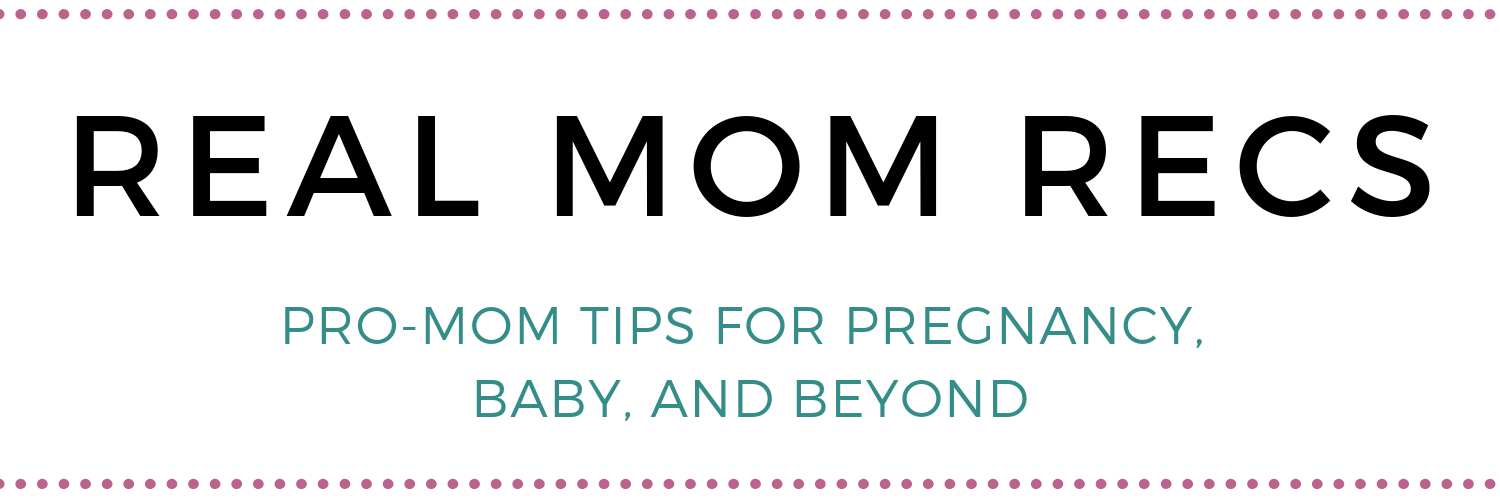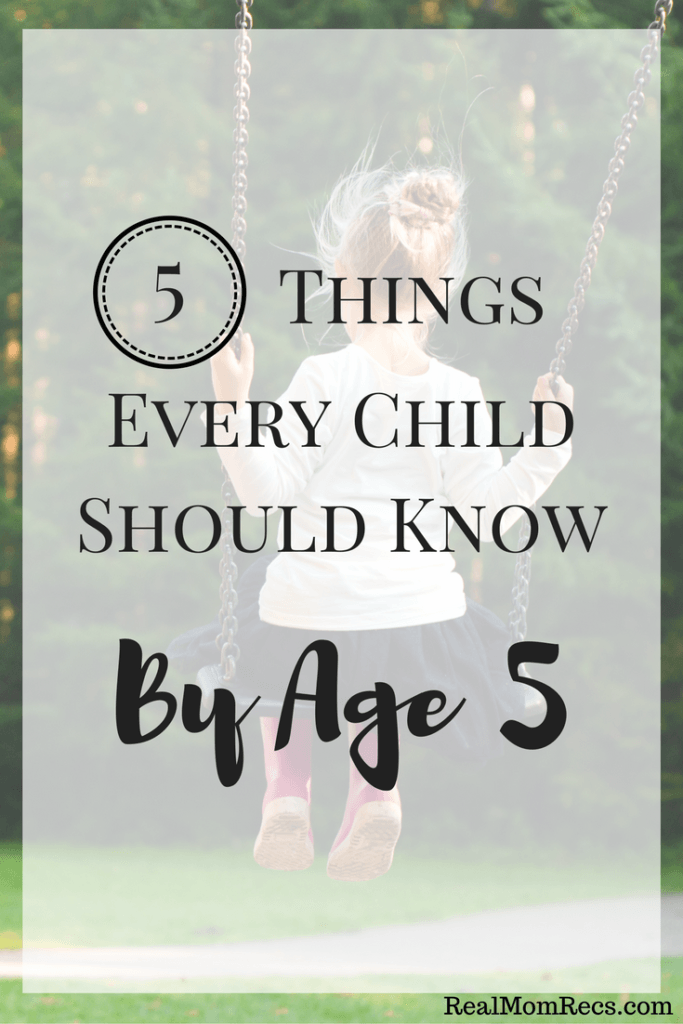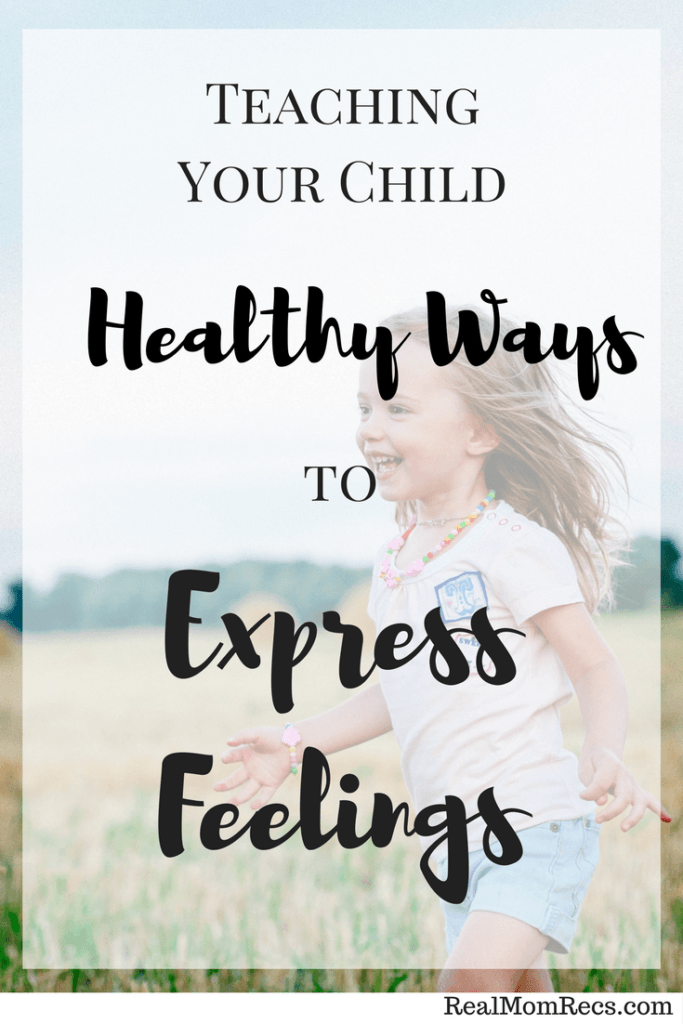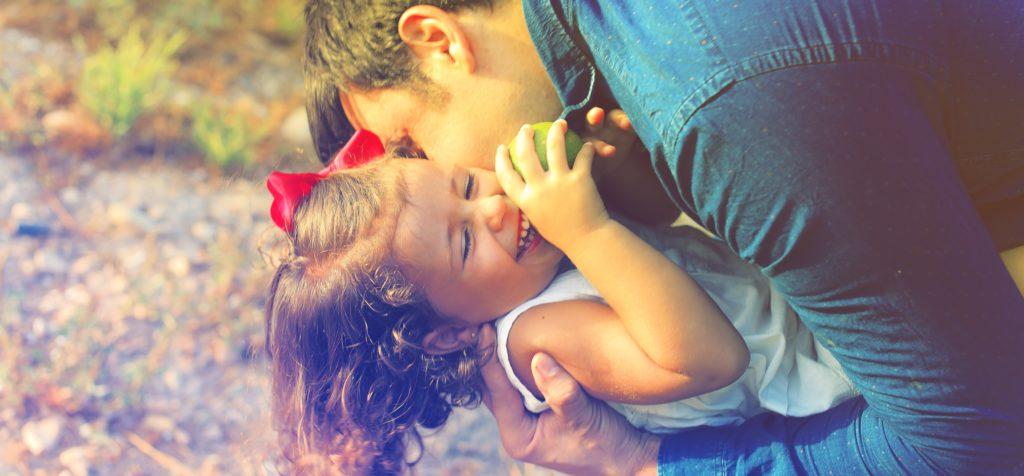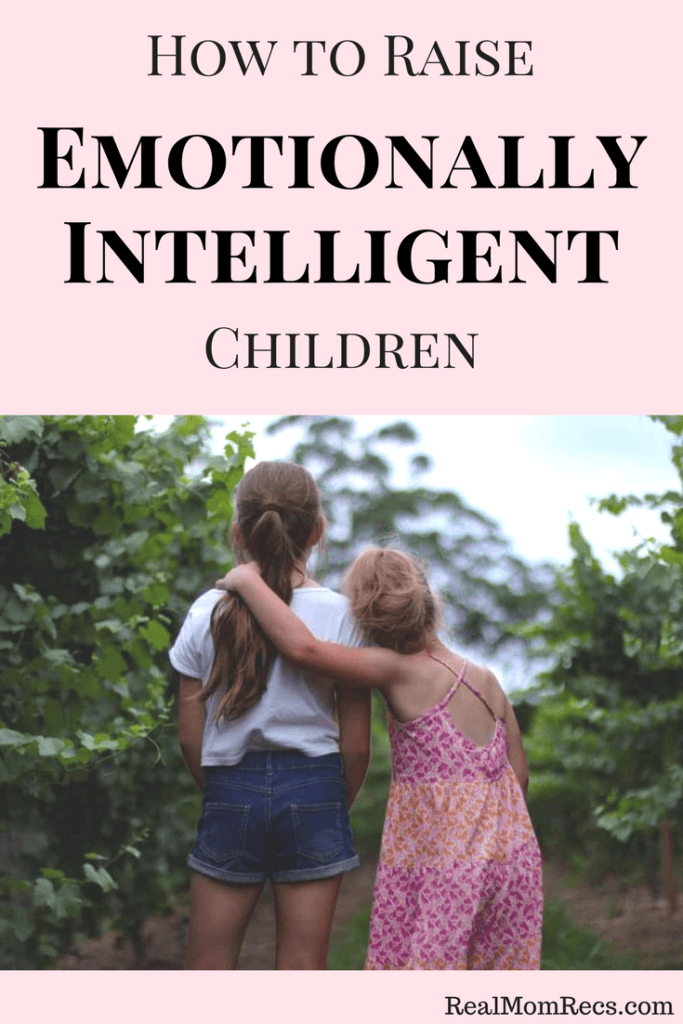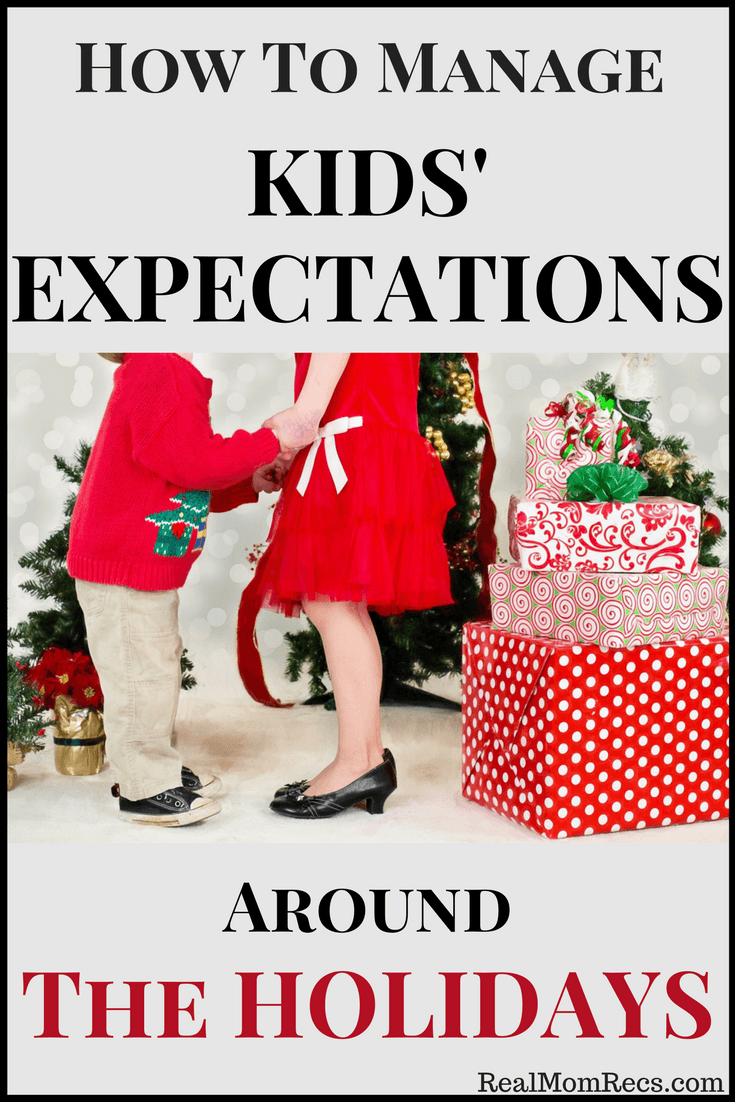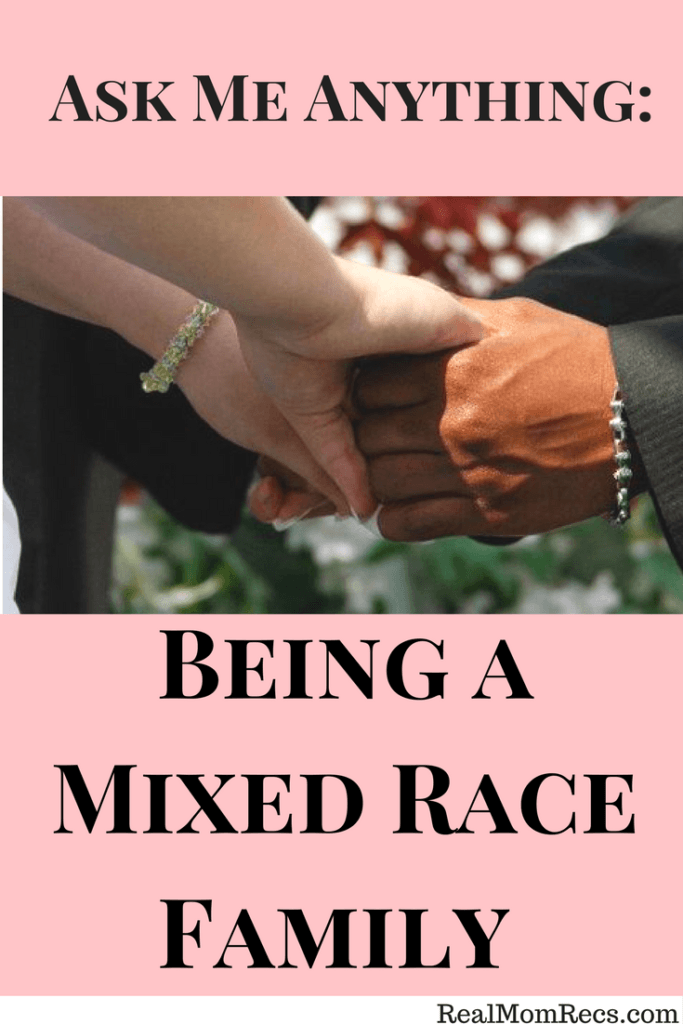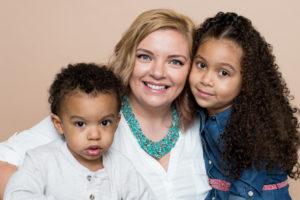Kid number 3 just turned 5 over here and for some reason that age stands out to me as a milestone. At age 5 they go to kindergarten and aren’t by our sides every minute. They have developed a sense of themselves and where they fit into the world. The therapist in me collides with the Mom in me at this age as I struggle to prepare her for all the possible dark scenarios she may encounter.
I’ve always been big on preparing my kids for the “what if”s: talking openly and honestly about topics even if they might be somewhat scary to little ones. Having worked with kids who have lived through a lot of scary stuff, I know it’s better to prepare my children than try to keep them in a happy, naive bubble.
Parents, don’t shy away from teaching and talking to your kids. There are more important things they need to learn than their sight words and ways to make 10.
1. Mom and Dad’s real names and contact info
Several times I’ve been faced with a lost child in public, and being the motherly soul that I am, I take it upon myself to help the crying kid. It usually starts like this:
Me: “What’s your name?”
Kid: [says name]
Me: “What’s your Mom’s name?”
Kid: “Mommy.”
Me: [Facepalm]
Think your under 5 year old knows your full name? Go give them a pop quiz and make sure.
Work on helping them memorize their address and phone number too. Since phone numbers can be hard for little ones, just pick the one number that is most important for them to know. Typically this is Mom’s cell phone and not the house line.
Pro tip: Make the phone number into a song to help your child remember it.
2. What an emergency is and how to call 911
If you’re anything like me, you’ve probably spent the last 5 years trying to lock your kid out of your phone. If they get their hands on it, your camera roll ends up looking like this:
Regardless if they are allowed to use your phone or not, make sure you teach them how to call 911 in case there is ever an emergency. If you have an iPhone, they can bypass your passcode by pressing “Emergency” in the lower left corner and then dial 911.
Make sure you practice and rehearse this! My second child constantly mistook the emergency number for “991” when he was a preschooler.
While you’re teaching this, make sure they know what an emergency actually is. You don’t want your kid dialing 911 because their brother finished the Capn’ Crunch.
3. The bathing suit rule
If you haven’t worked with abused children, this might not be on your radar. But it should be.
The bathing suit rule is simple: any place on your body that a bathing suit covers can only be touched by Mom, Dad, or a doctor with Mom or Dad there.
And the same rule applies for the child touching other people. If their bathing suit covers it, you don’t touch it.
The bathing suit concept just makes it easy for kids to visualize and determine what parts are private. If you prefer to take the direct approach and name the body parts that are off limits, that works too.
Either way is far better than saying nothing on the topic.
4. There are no secrets from Mom and Dad
This one kind of goes hand in hand with #3, but can apply to many other situations as well.
Anytime a grownup tells your child that something is “their little secret” or that they shouldn’t tell their parents, that should set off an alarm in their brain to immediately go and tell Mom and Dad!
Unfortunately, most young children have been conditioned to blindly listen to any and all adults. Some will follow directions when a grownup tells them never to tell anyone their secret. Be clear with your kids that NOTHING is a secret from Mom and Dad, and anyone who asks them to keep a secret is breaking their family rule.
Note: All family members need to be aware of this rule. This means Mom can not take Suzie on a “secret” shopping trip that they aren’t going to tell Dad about. No secrets from Mom and Dad means no secrets from Mom and Dad!
5. Who the safe people are
Did you know that often times young children die in house fires because they are afraid and hiding from firefighters who are trying to rescue them?
It makes sense when you think about a small child, already panicked over the smoke and commotion, seeing a larger person with a dark suit covering their entire body including their face.

Prepare your kids by showing them photos of firefighters in full gear and labeling firefighters as helpers or safe people. Do the same for police officers and other community members that you want your child to turn to in case of emergency.
Along the same lines, identify specific neighbors to be their “safe people” that they will go to for help if they are ever locked out of their house or any other scenario where they are without an adult.
Can you think of more basic safety skills for 5 year olds? Do you think today’s kids are adequately prepared?
